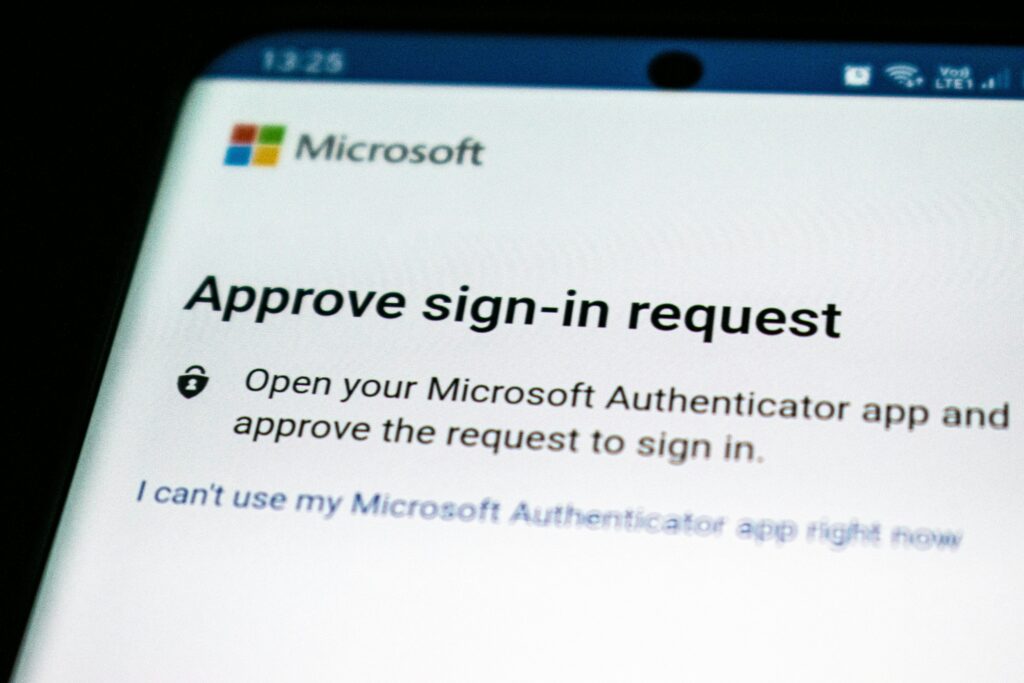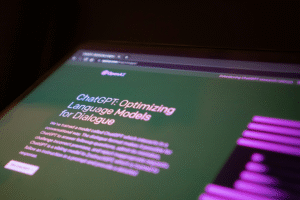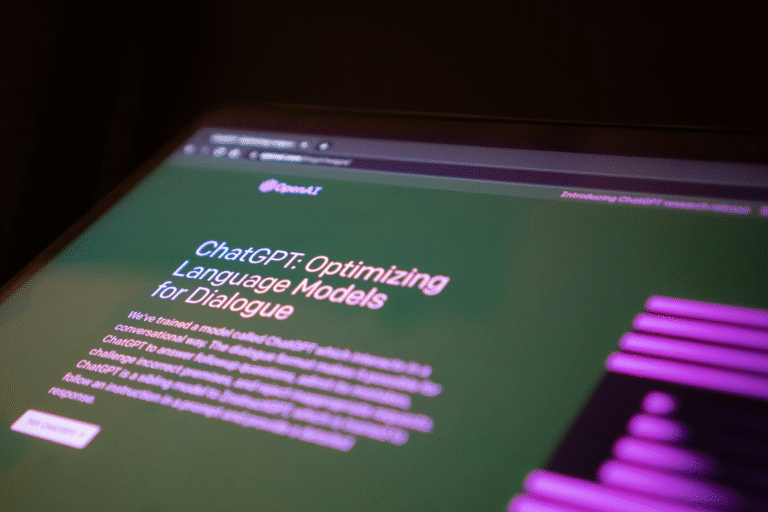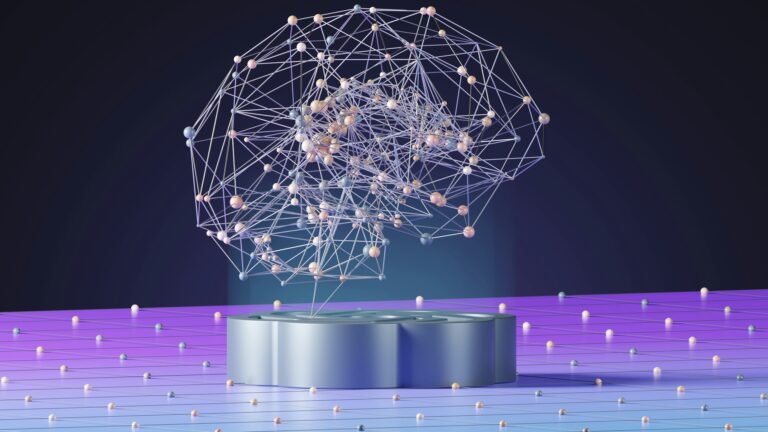
The COVID-19 pandemic has permanently changed the way we work, accelerating a shift to remote work that many companies and employees now embrace as the new norm. However, this shift has brought its own set of challenges, particularly in cybersecurity. As organisations continue to adapt, they must also learn from the lessons of lockdown to strengthen their security measures for remote work environments.
The decentralisation of the workforce is one of the biggest cybersecurity challenges posed by remote work. Employees are accessing company resources from various locations, often using personal devices and home networks that lack the robust security measures of a traditional office. This spread has dramatically increased the attack surface for cybercriminals.
In a previous article, I highlighted the importance of using Virtual Private Networks (VPNs) and two-factor authentication (2FA). While these tools remain crucial, there are additional strategies that companies should consider to bolster their cybersecurity defences.

One of the most effective ways to secure remote work environments is adopting a Zero Trust architecture. Zero Trust operates on the principle of “never trust, always verify.” This means that no one, whether inside or outside the network, is trusted by default. Continuous verification of user identities and strict access controls are enforced. By implementing Zero Trust, companies can ensure that only authorised users have access to specific resources, reducing the risk of data breaches.
Strengthening Endpoint Security
With employees using a range of devices to access company data, endpoint security becomes paramount. Endpoint Detection and Response (EDR) solutions can provide real-time monitoring and threat detection across all devices connected to the network. EDR tools help identify suspicious activities, isolate compromised devices, and respond swiftly to potential threats. Regularly updating and patching software on all endpoints is also critical to protect against known vulnerabilities.
Enhancing Cloud Security
The widespread adoption of cloud services has brought numerous benefits, but it has also introduced new security challenges. Companies must ensure that their cloud environments are secure by implementing strong access controls, encrypting data both in transit and at rest, and regularly auditing cloud configurations. Utilising Cloud Access Security Brokers (CASBs) can help monitor and manage security policies across multiple cloud services, providing visibility and control over data access.
Improving Email Security
Phishing attacks have surged during the pandemic, exploiting the increased reliance on digital communication. Companies should invest in advanced email security solutions that use machine learning to detect and block phishing attempts. Employee training on recognising phishing emails is also essential. Regular simulated phishing exercises can help employees stay vigilant and improve their ability to identify malicious emails.
Leveraging Artificial Intelligence and Machine Learning
Artificial Intelligence (AI) and Machine Learning (ML) technologies can significantly enhance cybersecurity efforts. These technologies can analyse vast amounts of data to identify patterns and anomalies that may indicate a security threat. AI-powered security tools can automate threat detection and response, reducing the time it takes to mitigate risks. By incorporating AI and ML into their cybersecurity strategies, companies can stay ahead of evolving threats.
Remote work has led to increased use of collaboration tools such as video conferencing and instant messaging platforms. While these tools facilitate communication, they can also pose security risks if not properly managed. Companies should choose collaboration tools that offer end-to-end encryption and robust security features. Educating employees on the safe use of these tools is equally important to prevent accidental data leaks.
The human element is often the weakest link in cybersecurity. Building a security-aware culture within the organisation is crucial. This involves regular training sessions, clear communication about security policies, and fostering an environment where employees feel comfortable reporting security concerns. Recognising and rewarding employees who adhere to security best practices can also reinforce positive behaviour.
Despite best efforts, security breaches can still occur. Having a robust incident response plan in place is vital for minimising the impact of a cyberattack. This plan should outline the steps to take in the event of a breach, including containment, investigation, notification, and recovery. Regularly testing the incident response plan through simulations and drills can help ensure that all team members are prepared to act swiftly and effectively.
The mental and emotional well-being of employees can directly impact cybersecurity. Stress, burnout, and fatigue can lead to lapses in judgement and security practices. Companies should provide resources to support employee well-being, such as mental health programmes, flexible work schedules, and opportunities for social interaction. A healthy, engaged workforce is more likely to adhere to security protocols and contribute to a secure remote work environment.
The lessons learned during the lockdown have underscored the importance of a multi-faceted approach to cybersecurity. While tools like VPNs and 2FA remain essential, organisations must also consider strategies such as Zero Trust architecture, endpoint security, and AI-powered threat detection. By constantly updating and improving these measures, and by fostering a culture of awareness, businesses can effectively navigate the challenges of remote work and safeguard their valuable assets. It is equally important, however, that these efforts do not overwhelm employees or hinder their productivity. Striking the right balance ensures that security protocols are robust without becoming a burden, allowing everyone to work confidently and efficiently in this new era.












